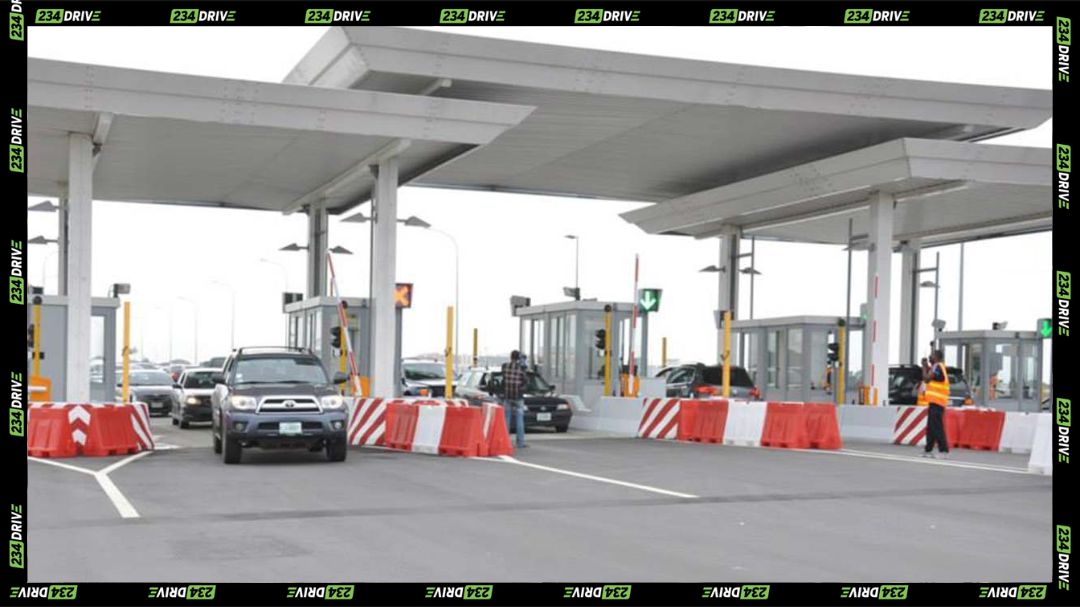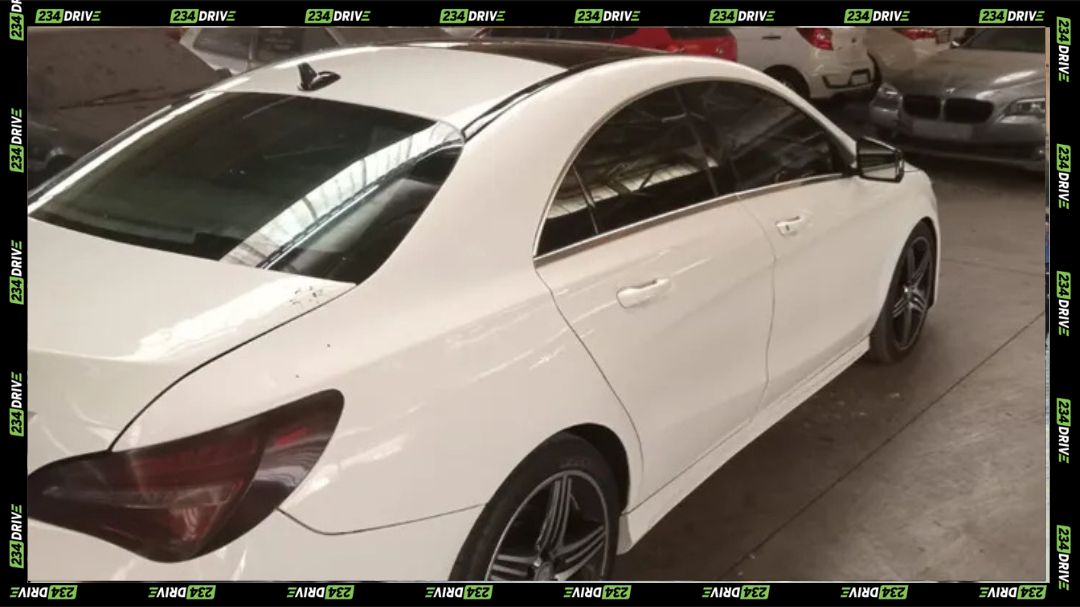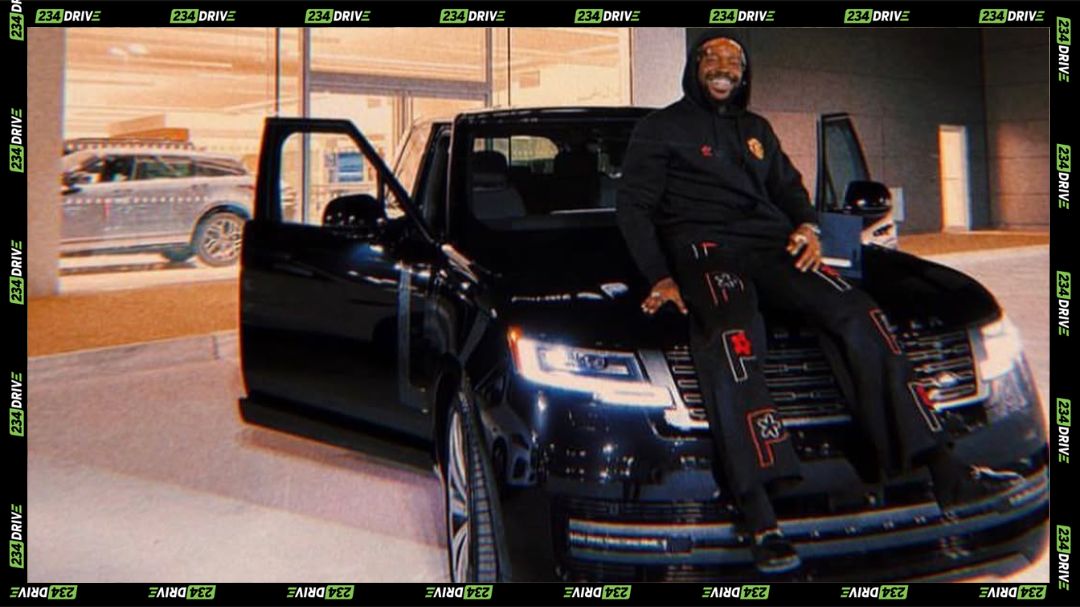You know it’s serious when a Chinese EV smashes past 300 mph.
In September 2025, BYD’s luxury sub-brand Yangwang unveiled the U9 Xtreme, a track-focused evolution of its U9 hypercar, and immediately vaulted itself into global headlines. At the Automotive Testing Papenburg (ATP) high-speed oval in Germany, German GT driver Marc Basseng piloted the car to a verified 496.22 km/h (308.4 mph) one-way run. That performance officially eclipses the Bugatti Chiron Super Sport 300+ benchmark of 490.5 km/h from 2019, positioning the U9 Xtreme as the fastest production EV to date. Though record-keeping in this category is loosely defined, few can ignore the significance of an electric hypercar overtaking Bugatti on top-speed bragging rights.
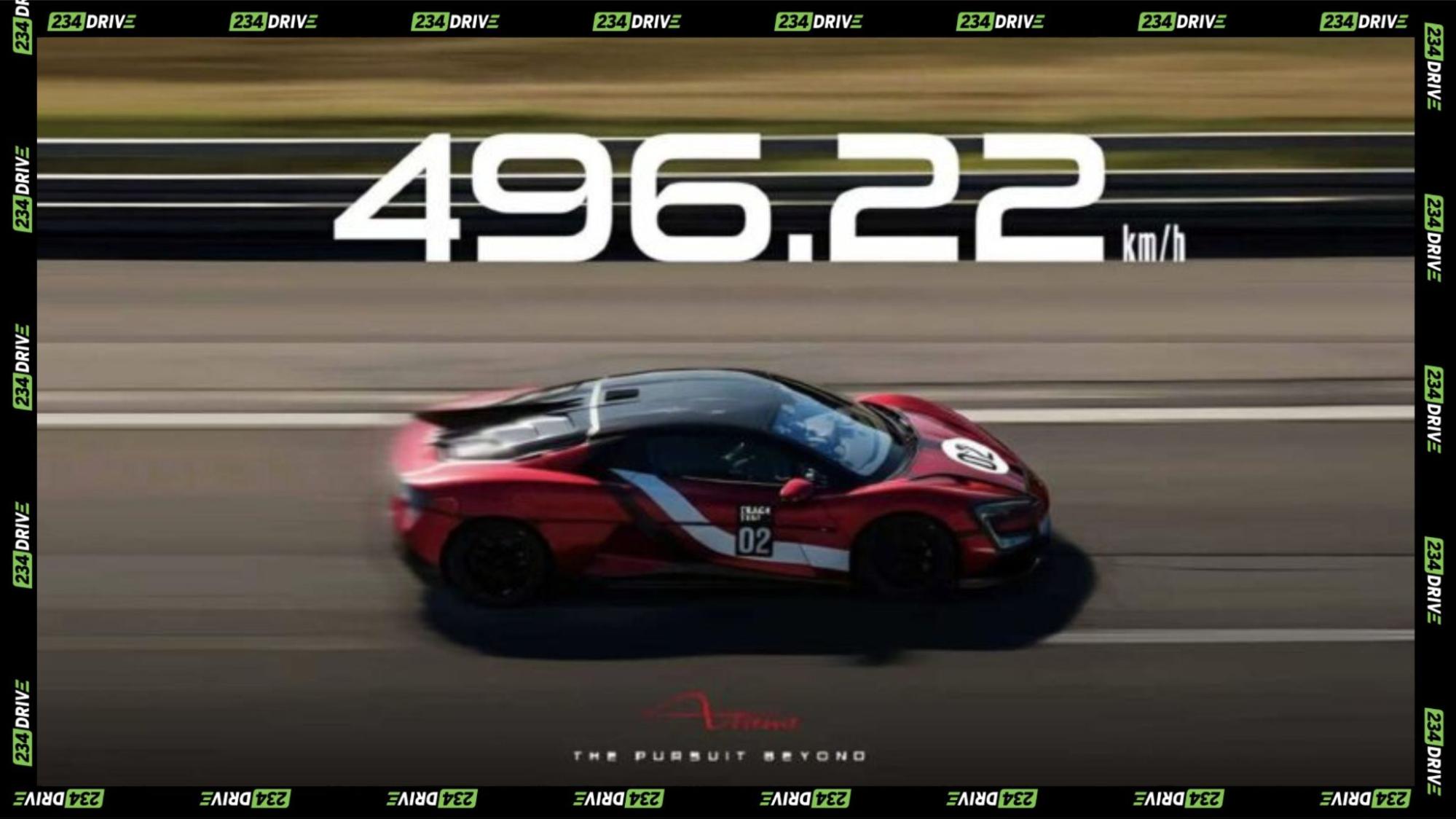
The U9 Xtreme does not just lean on straight-line velocity. Alongside its 308 mph sprint, it clocked a 6:59.157 lap time at the Nürburgring Nordschleife, setting a new electric vehicle production record. That timing beats out other contenders like the Xiaomi SU7 Ultra’s 7:04.957, demonstrating that the Yangwang U9 Xtreme is not a one-trick pony built only for dragstrip numbers. It has the dynamics, handling, and engineering maturity to thrive on the world’s toughest track.
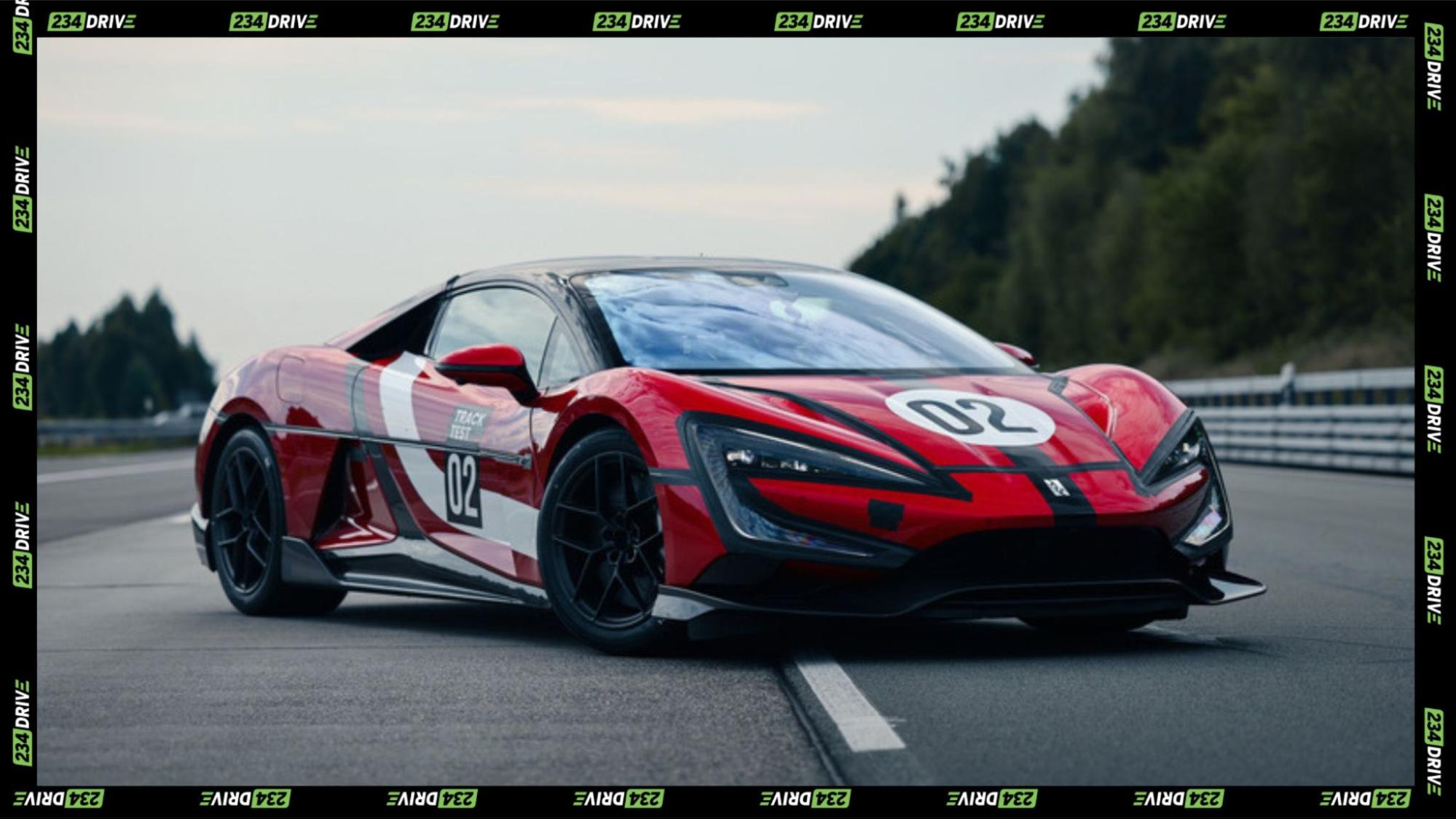
Under the skin, the car packs four independent motors—one for each wheel—delivering a combined ~3,000 horsepower through BYD’s e4 platform. This power is distributed with precision torque vectoring, adjusting more than 100 times per second to maintain grip even at the car’s outer performance envelope. The result is staggering acceleration, near-instant torque, and circuit stability that rivals established petrol-powered hypercars.
What makes the Xtreme possible is a re-engineered platform tuned for the demands of ultra-high performance driving. The 1,200V silicon carbide system is an upgrade over the base U9’s 800V setup, enabling faster charging, higher efficiency, and enough current flow to sustain four motors at peak load. Power is drawn from BYD’s Blade Battery with dual-layer cooling, designed to handle extreme discharge rates of up to 30C without overheating.
Supporting systems ensure the car remains stable even at extreme speed. The DiSus-X active suspension adjusts ride height by up to 75 mm and modulates damping in real time, providing control under braking, cornering, or sudden manoeuvres. Braking is handled by carbon-ceramic discs paired with titanium calipers, delivering stopping power equal to its acceleration. Meanwhile, a revised aerodynamic package—including a swan-neck rear wing, carbon fibre splitter, dual-layer diffuser, and vented hood channels—generates downforce to keep the car planted at nearly 500 km/h.
This is not just a lab project. On the Nürburgring, the U9 Xtreme’s performance was measured and repeatable, showing that BYD’s high-voltage platform and body-control systems translate into dominance on real-world circuits.
Externally, the U9 Xtreme stays close in size to the standard U9—4,991 mm long, 2,029 mm wide, and 1,351 mm tall—but swaps road-friendly design elements for racing hardware. It rides on 20-inch wheels wrapped in 325 mm Giti semi-slick tyres rated for 500 km/h, signalling its track-first intent. Weight reduction is evident in the extensive use of carbon fibre and titanium, leading to an estimated curb weight of about 2,460 kg, which is lean for such a heavily engineered EV.
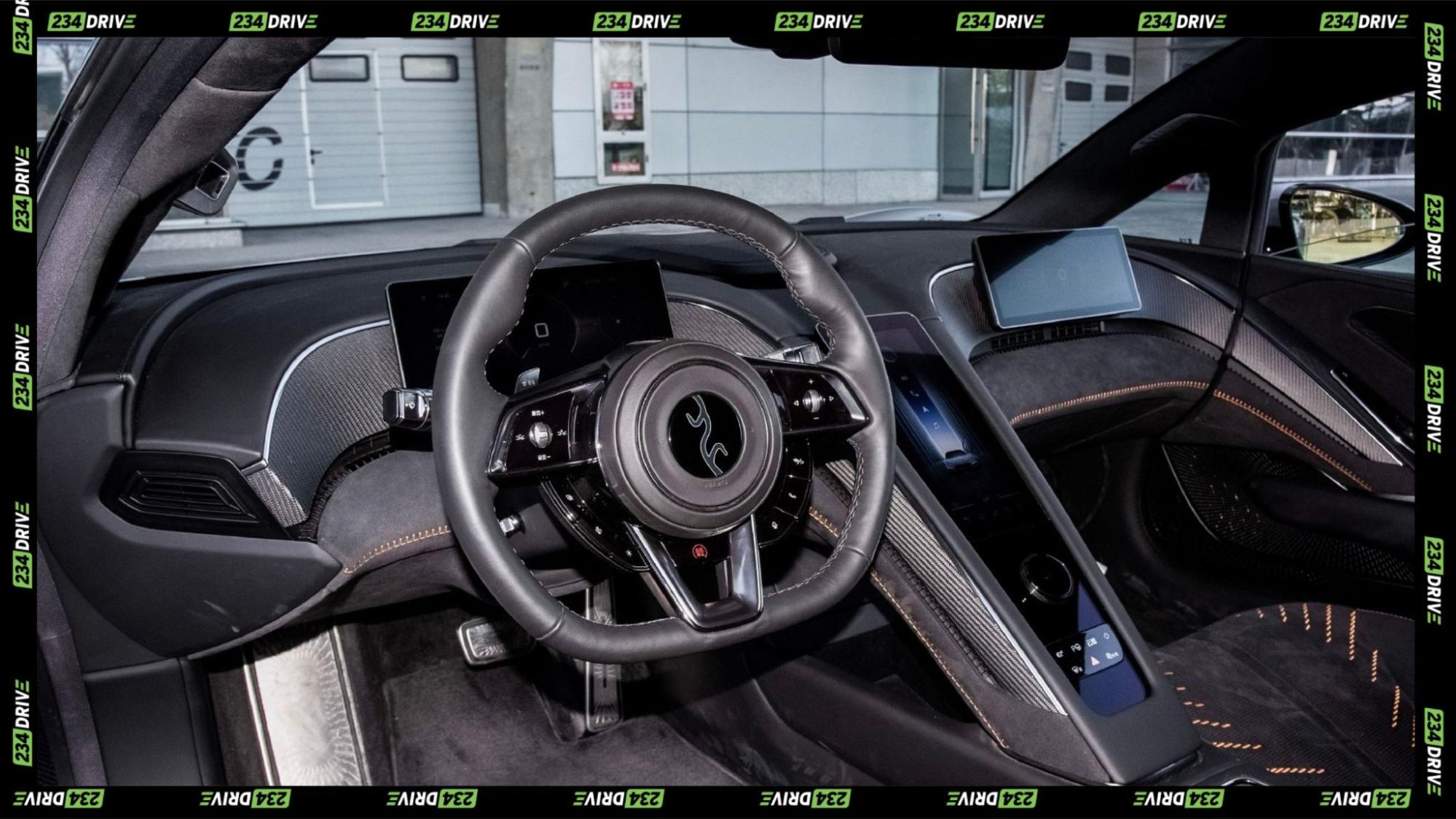
The cabin reflects the same philosophy. It features bucket seats upholstered in Alcantara, a digital instrument cluster, and a vertical touchscreen in a driver-focused console. It is minimalist and functional, aligned with GT racing machines rather than plush hyper-luxury cars. For enthusiasts and collectors, that stripped focus is part of the appeal.
BYD plans to produce only 30 units of the U9 Xtreme worldwide. With an estimated price of 10 million RMB (about $1.4M USD / ₦2.09 billion at ₦1,495 to $1), it sits far above the base U9’s 1.68M RMB ($235K USD / ₦351 million). This makes it less a mass-market hypercar and more a halo project, designed to showcase BYD’s technical edge.
For comparison, the base U9 offers 1,300 hp, a top speed of 309 km/h, and costs about $235K (₦351 million). The U9 Xtreme nearly triples the power output, pushes to 496 km/h, and sets a sub-seven-minute Nürburgring lap, while commanding a collector’s price tag of $1.4M (₦2.09 billion).
The speed run and Nürburgring record come at a time when global hypercar makers face growing competition. Europe’s leaders—Bugatti, Rimac, Koenigsegg—have dominated the extreme performance space for decades. Now, BYD and other Chinese automakers are shifting that centre of gravity eastward.
This is not the first signal. BYD is already known as a volume EV producer, but the U9 Xtreme proves it can create halo cars that grab attention on a global stage. Viral clips of the run have already reached millions, with telemetry showing the car spinning tyres at over 4,000 rpm before Basseng lifted to preserve integrity. Debates on forums question the validity of one-way versus two-way records, yet independent verification at ATP strengthens BYD’s claim. And with Guinness having suspended its “Fastest Production Car” category, the U9 Xtreme occupies a grey area of unofficial dominance.
Meanwhile, China’s WeRide is advancing driverless robotaxi fleets, while BYD demonstrates that it can dominate in high-performance EVs. Together, these developments reflect how China is closing the gap across both mass and premium vehicle segments.
The Yangwang U9 Xtreme is not designed as a daily driver. It is not meant for commutes, family use, or even legal road access in all markets. Instead, it is a statement vehicle—a declaration that BYD can innovate at the bleeding edge, rival the world’s established hypercar makers, and push EV performance beyond petrol-era limits.
In practice, the car validates BYD as a global luxury contender. It demonstrates that electric drivetrains can surpass combustion in both speed and endurance. And it signals China’s full arrival in the highest tier of performance engineering.
With cars like the U9 Xtreme pushing boundaries, should regulators establish global standards for speed records—requiring two-way averages, tyre certification, and controlled testing protocols—or does the absence of rules keep the hype alive, giving brands like BYD the spotlight they seek?


